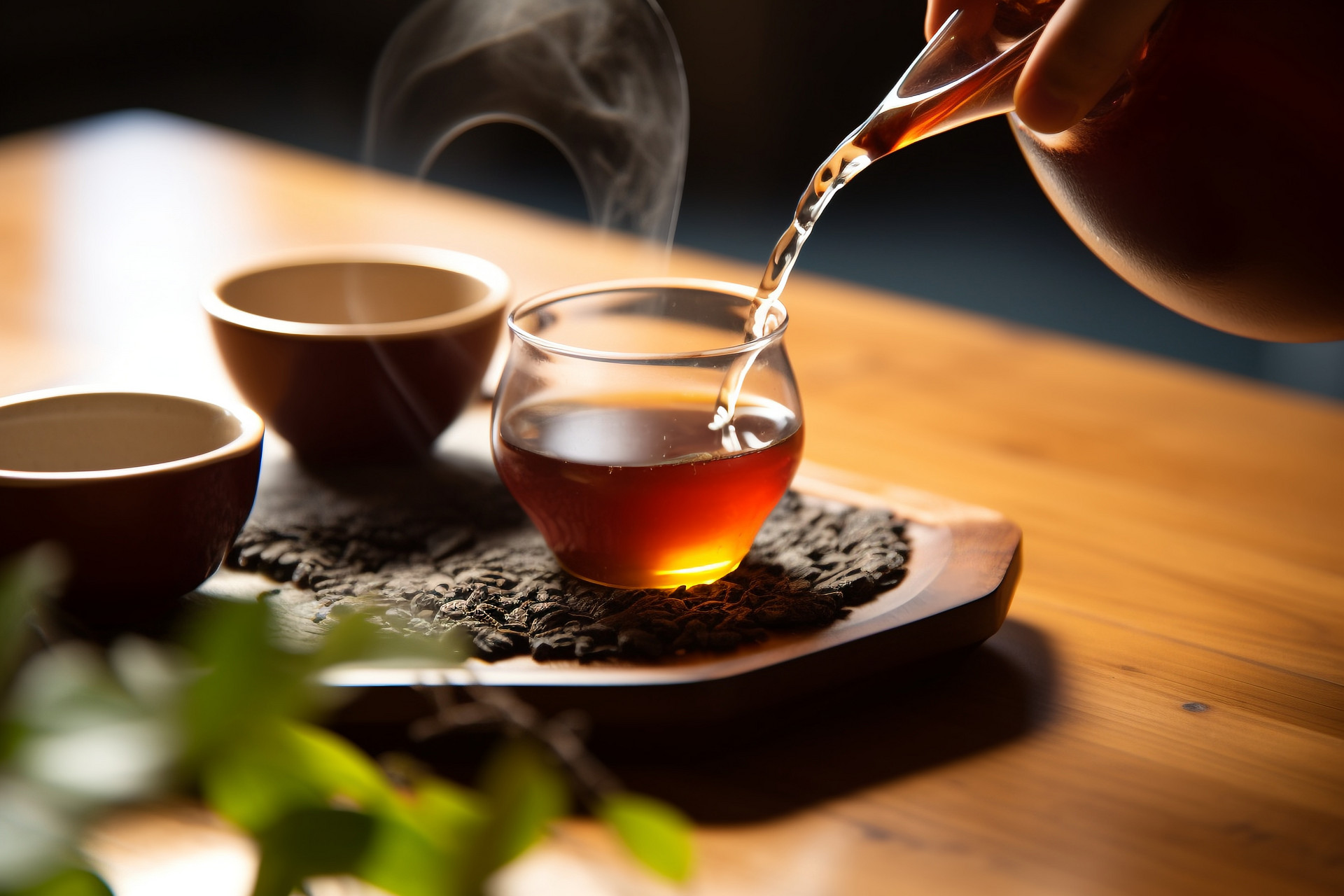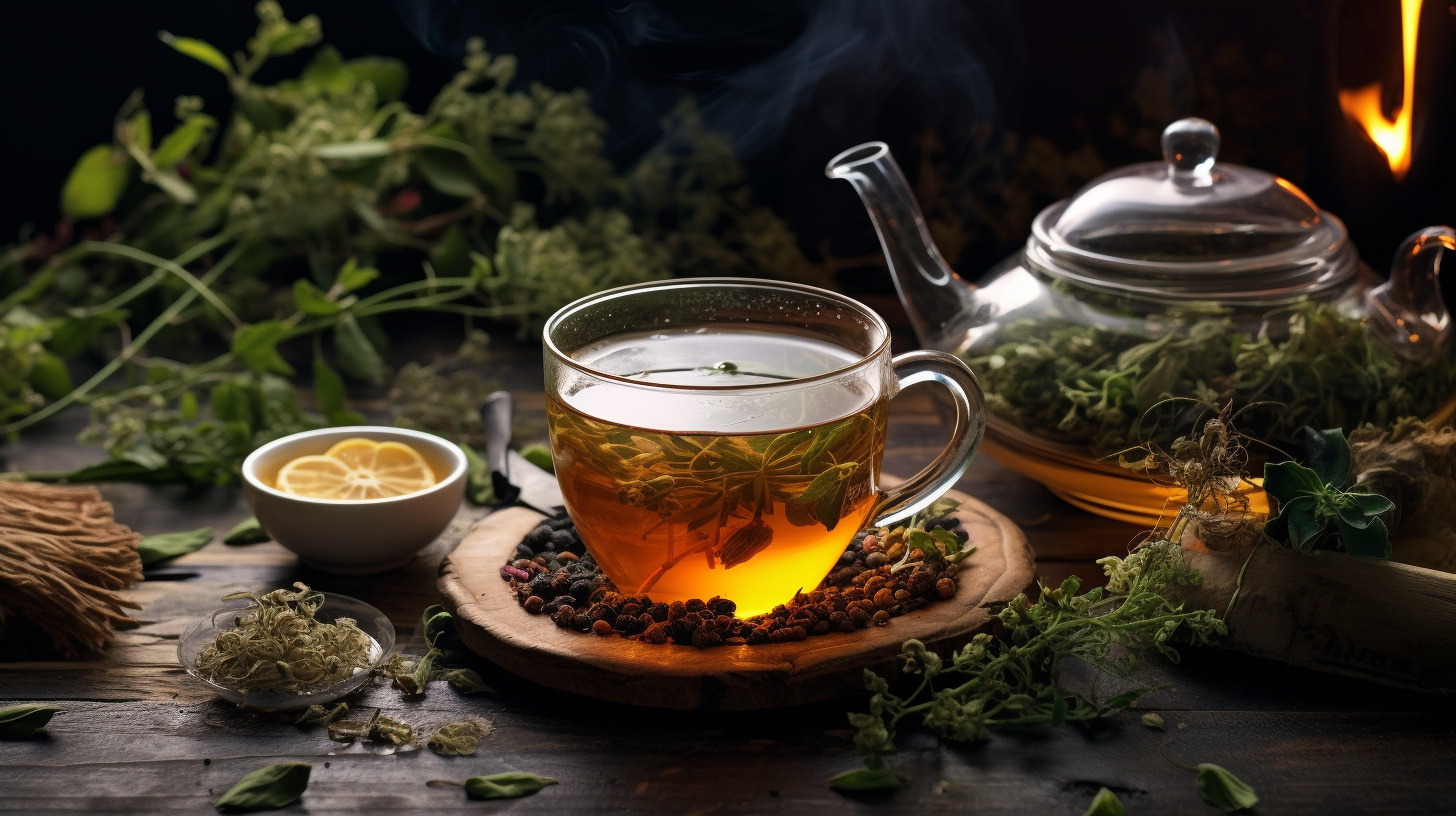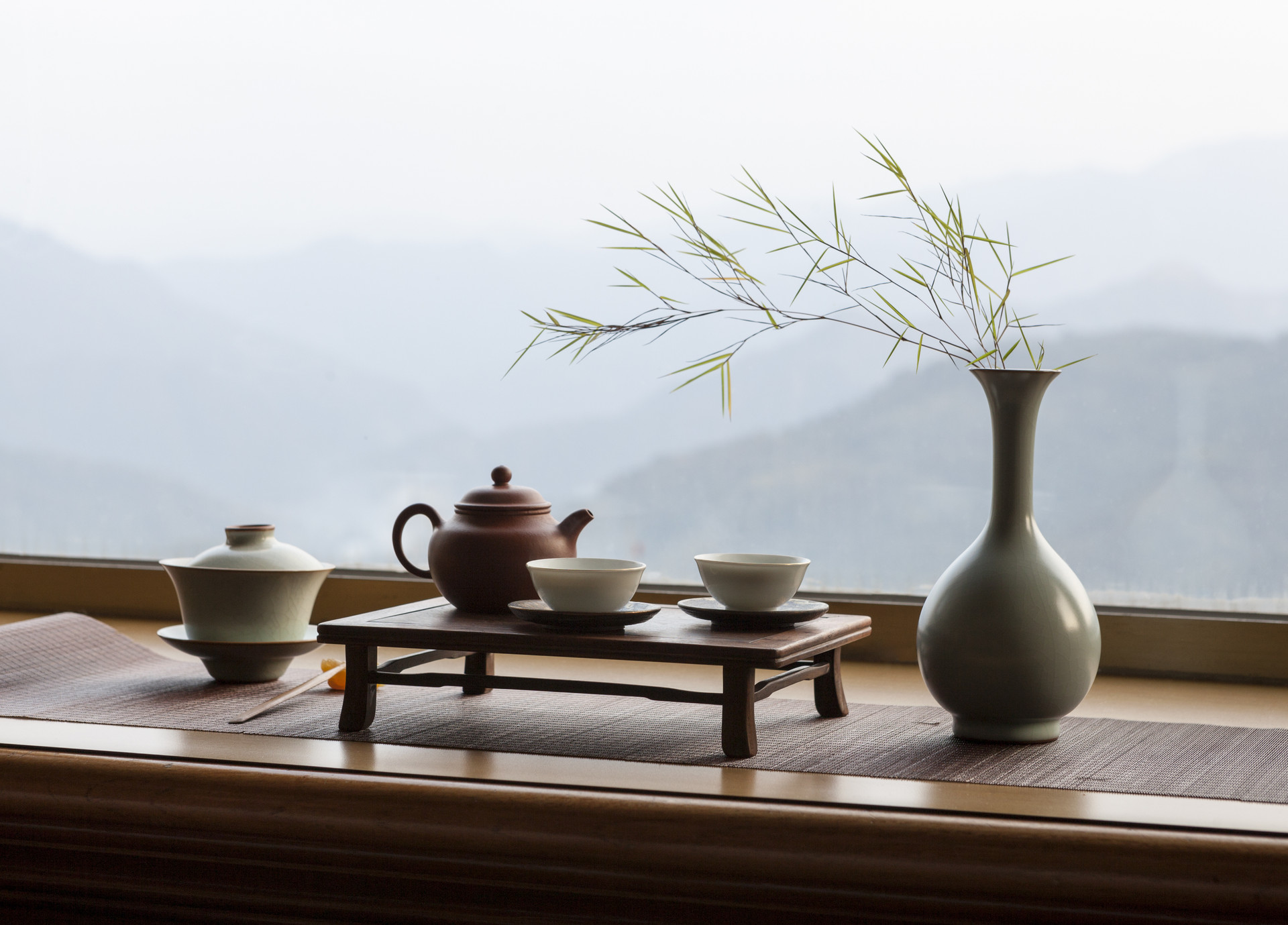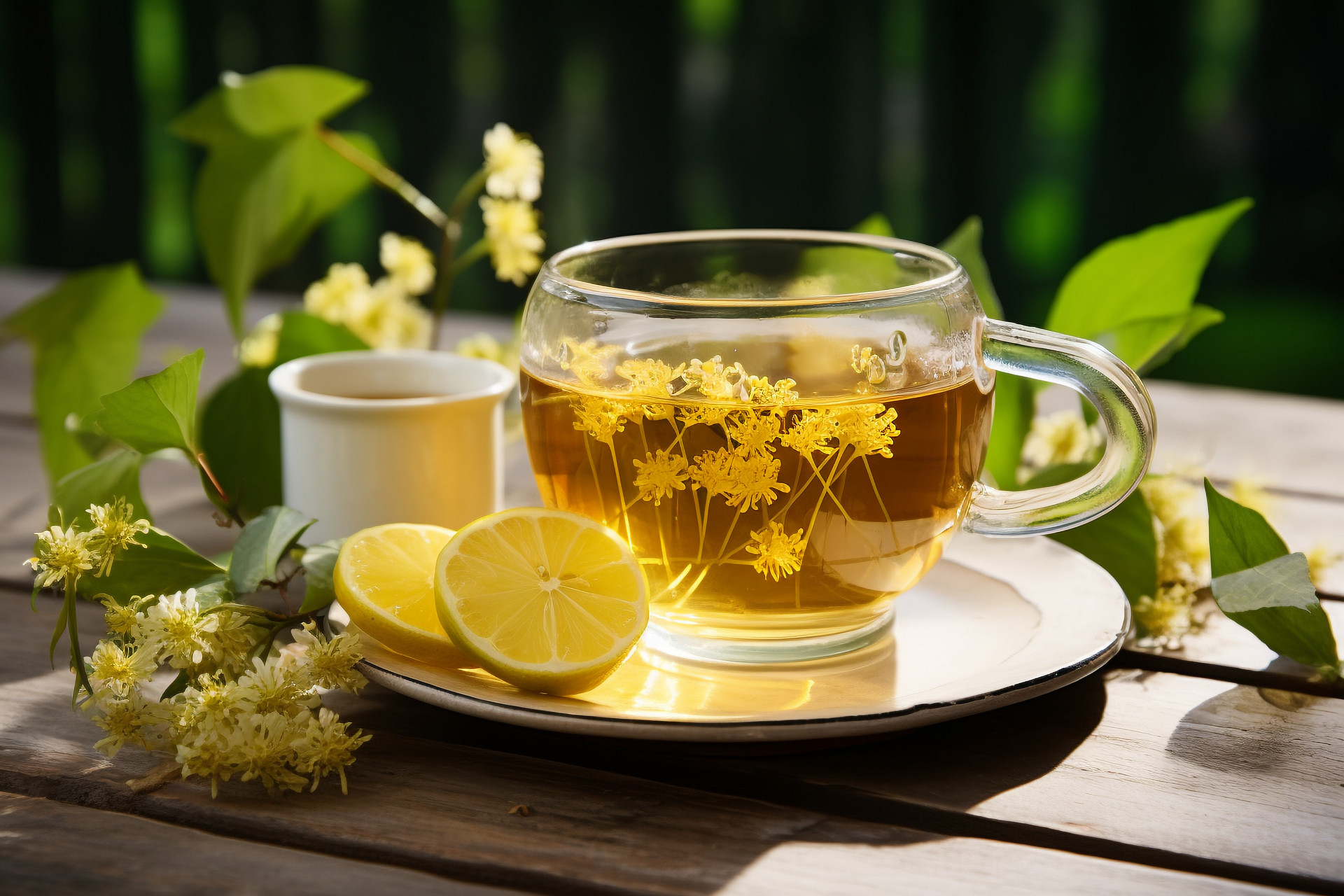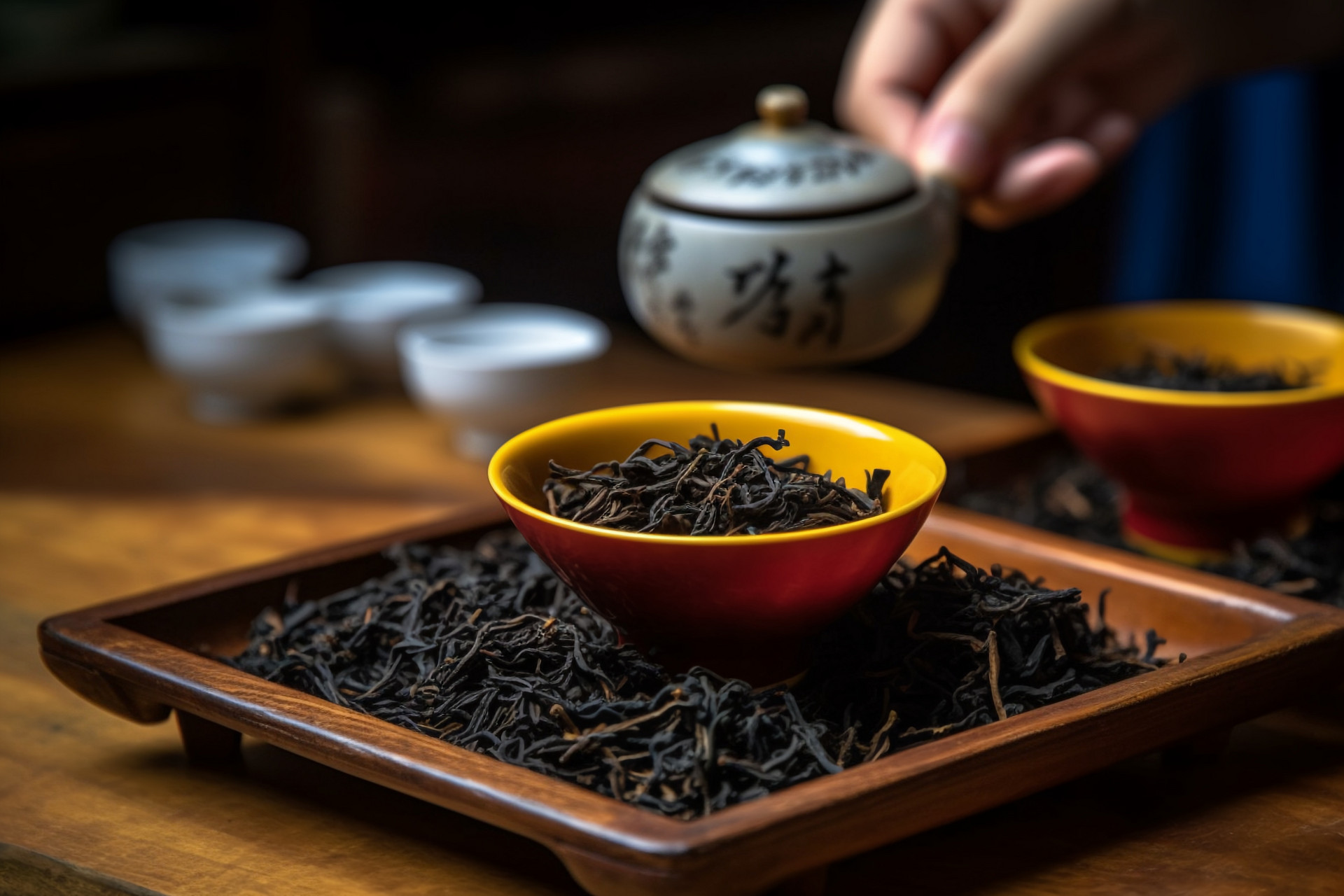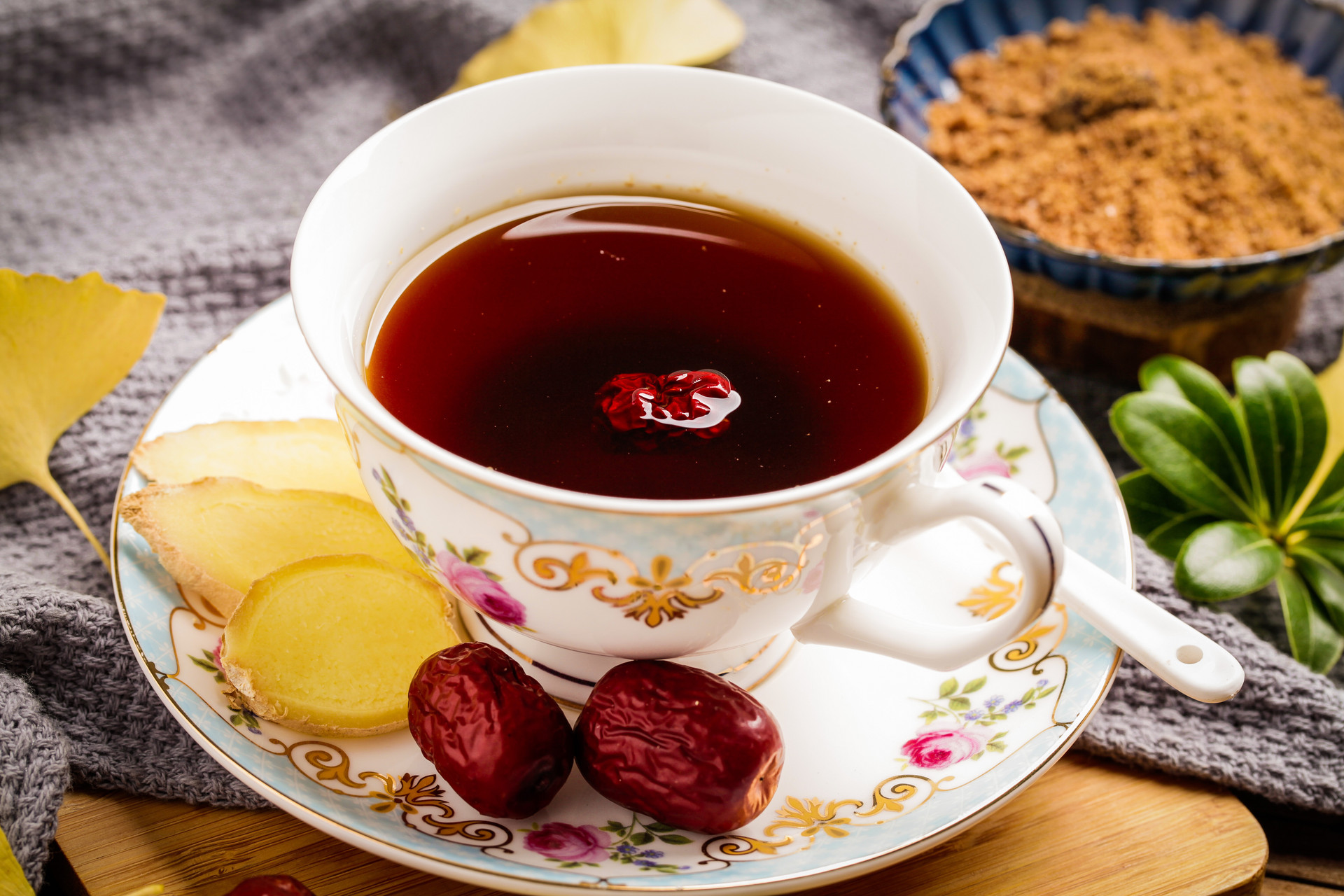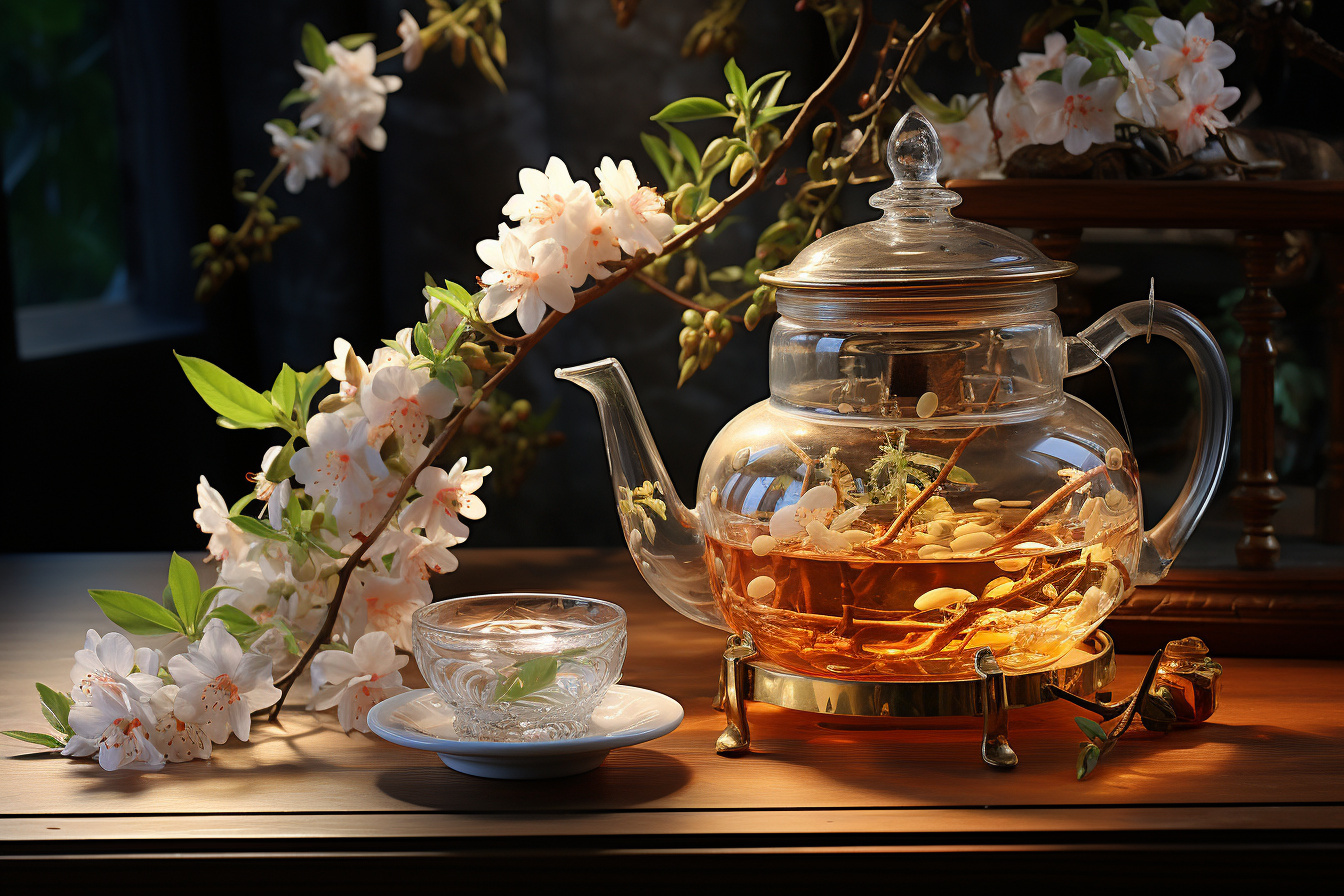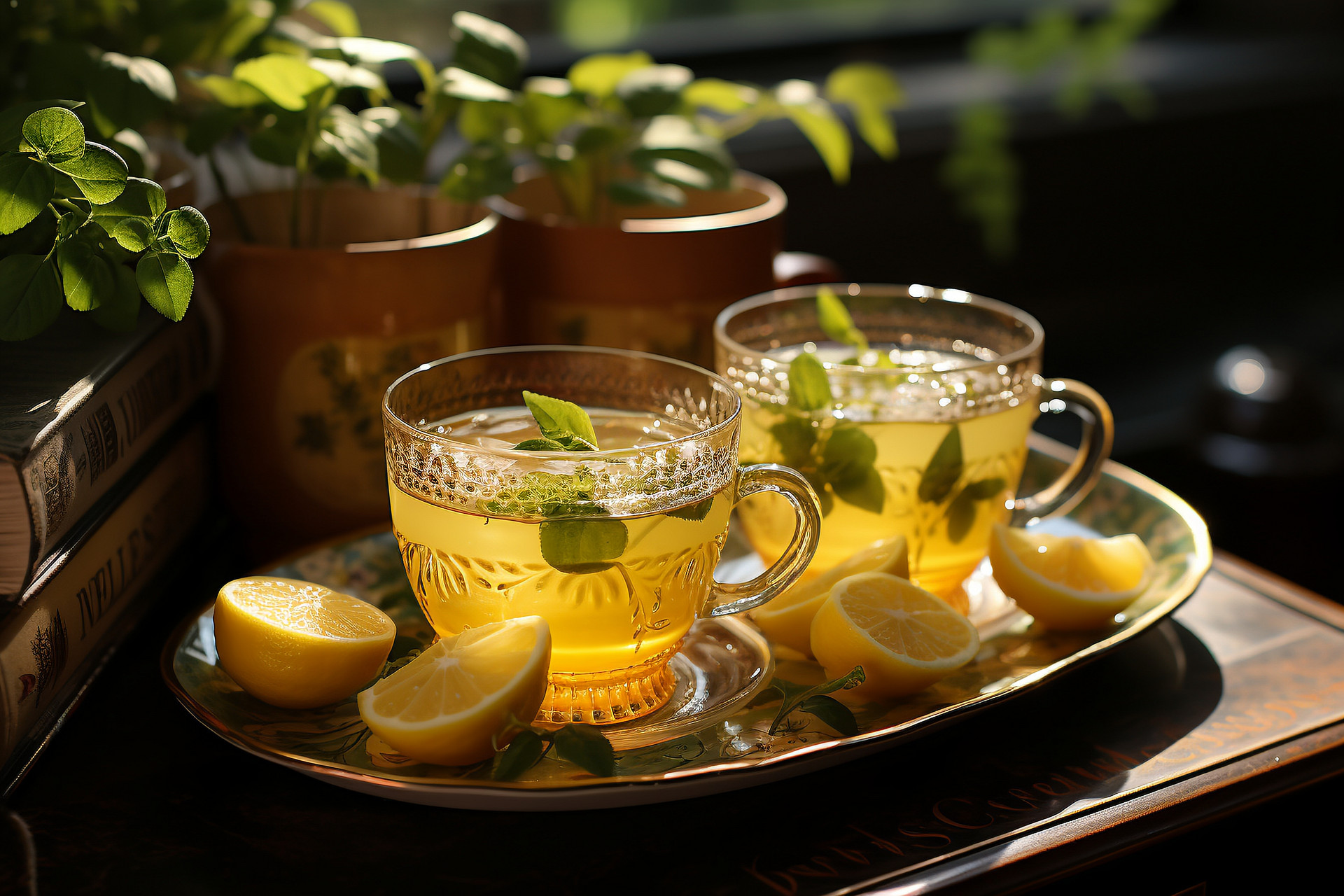The use of herbal tea has various methods, but the common ones are as follows:
1. Brewing: Brewing involves placing tea leaves or prepared herbal tea in a container. Herbal teas containing tea leaves are suitable for pottery or porcelain containers, as they can maintain the original color, aroma, and taste of the herbal tea without being too hot to handle. If there are no tea leaves, a thermos can be used to maintain the water temperature, which is beneficial for the extraction of the active ingredients of the herbs. After brewing with boiling water, the container can be covered and left to steep for a period of time. Generally, it can be brewed 2-3 times. This method is commonly used for herbal teas with the purpose of inducing sweat, dispelling cold, relieving pain, stopping diarrhea, improving vision, etc. Herbal teas containing volatile components can also be considered for brewing.
2. Decoction: In this method, the various medicinal ingredients in the herbal tea are boiled in water, and the decoction is then consumed. This method should be considered when the herbal tea contains a large number of medicinal ingredients, or when the medicinal ingredients in the leaves need to be boiled for a certain period of time to extract the active ingredients. Generally, herbal teas for the treatment of chronic diseases are consumed after decoction.
3. Mixing with other medicines: There are two methods for mixing with other medicines. One is to grind the tea leaves or medicinal ingredients in the herbal tea into powder, and then decoct and consume them with other medicines. The other is to grind the non-tea medicinal ingredients into powder and then consume them with tea juice.
4. Mixing with vinegar or alcohol: This method involves mixing the brewed or decocted herbal tea juice with rice vinegar or alcohol for consumption. This method is often used for dispelling cold and relieving pain, such as in the treatment of dysentery and heartache.
5. Oral administration: Oral administration involves holding the herbal tea juice in the mouth and then slowly swallowing it. This method is suitable for oral diseases such as acute and chronic pharyngitis, oral ulcers, periodontitis, etc.
6. Dividing the dose: The herbal tea juice is consumed in multiple doses, such as dividing it into two doses to be consumed in the morning and afternoon. This method is often used for conditions such as difficulty in urination and edema.
7. One-time consumption: The herbal tea juice is consumed all at once.
8. External application: External application includes rubbing, smearing, patching, and applying methods. When using this method, the tea leaves or medicinal ingredients in the herbal tea recipe are ground into powder, mixed with strong tea juice or licorice decoction, and applied externally to the affected area. This method is often used for surgical and dermatological diseases, such as eczema, abscess, ulcers, etc.
In terms of the characteristics and effects of tea therapy, there are not many taboos in drinking herbal tea. Its range of applications is very wide. It can be consumed by people of all ages throughout the year. The changes in climate throughout the year directly affect human physiological activities. According to the climatic characteristics of spring, summer heat, long summer humidity, autumn dryness, and winter coldness, timely selection of tea therapy is beneficial for regulating human body functions and coordinating organ functions to prevent diseases. With the increasing popularization of medical and health knowledge, self-treatment with tea therapy has gradually become possible in daily life. Tea therapy can be used for symptomatic self-treatment of minor illnesses, and can also be used as an adjunctive treatment for major illnesses. Tea therapy can not only treat diseases, but also prevent diseases. It can benefit the elderly and the weak, promote intellectual health, and prolong life. It can also increase energy and fitness, and prevent diseases for young people. Women can use it to nourish qi, promote blood circulation, reduce the occurrence of certain gynecological diseases, and also nourish the skin, enhance beauty, and rejuvenate. To make tea therapy exert its desired effects, the key is to select tea therapy recipes according to one's own conditions, characteristics, and condition, combined with climate changes in a rational and appropriate manner.


![[The Risks of Eating Hawthorn During Pregnancy]](https://tcmmaintenance.com/uploads/20240715/97742b67f97f94c495ae1389337c5c41.jpg)
